There should be very few people in the identification field who do not know the story of Will (William) and William West, two inmates at Leavenworth Penitentiary, shortly after the turn of the 19th century.
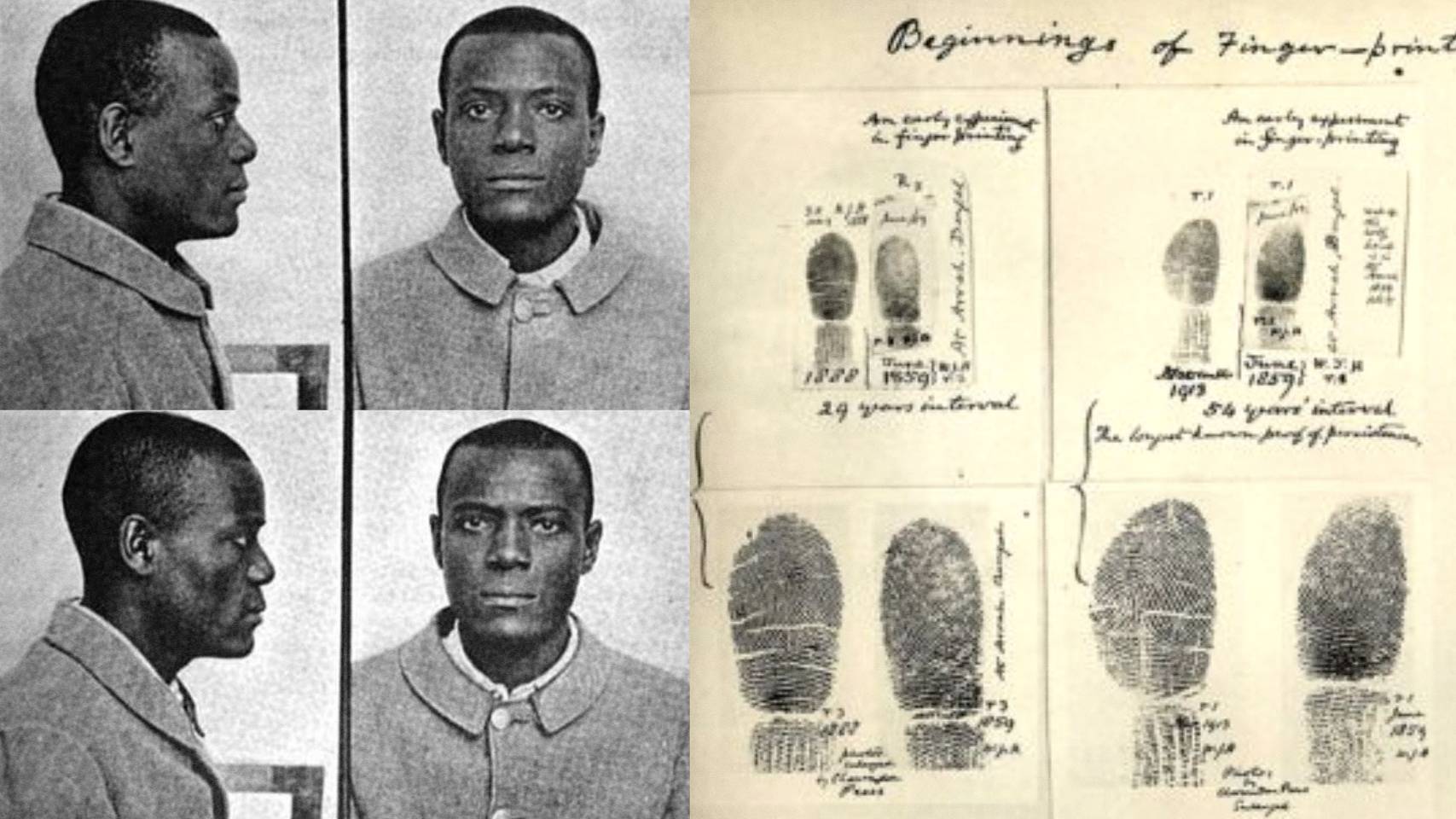
They were both sent to Leavenworth Prison at the same time, and after some confusion, the records clerk understood they had two different prisoners with the exact same name, who looked exactly alike. They are part of the reason fingerprints are now used as identification.
The Strange Story Of Will & William Wests:
For more than a century, “The Story of Will West & William West” has been recounted again and again, sometimes as a fable while sometimes as a history. Therefore, with more or less details, the story has been twisted and rewritten several times. However, in its purest form, the story conveys the same incident which is as follows:
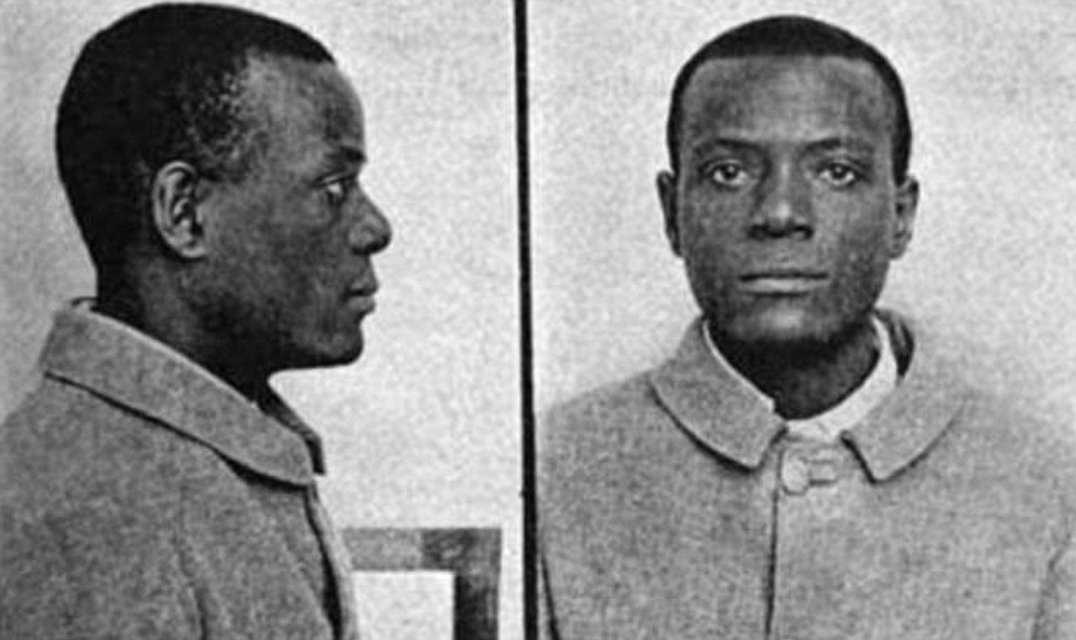
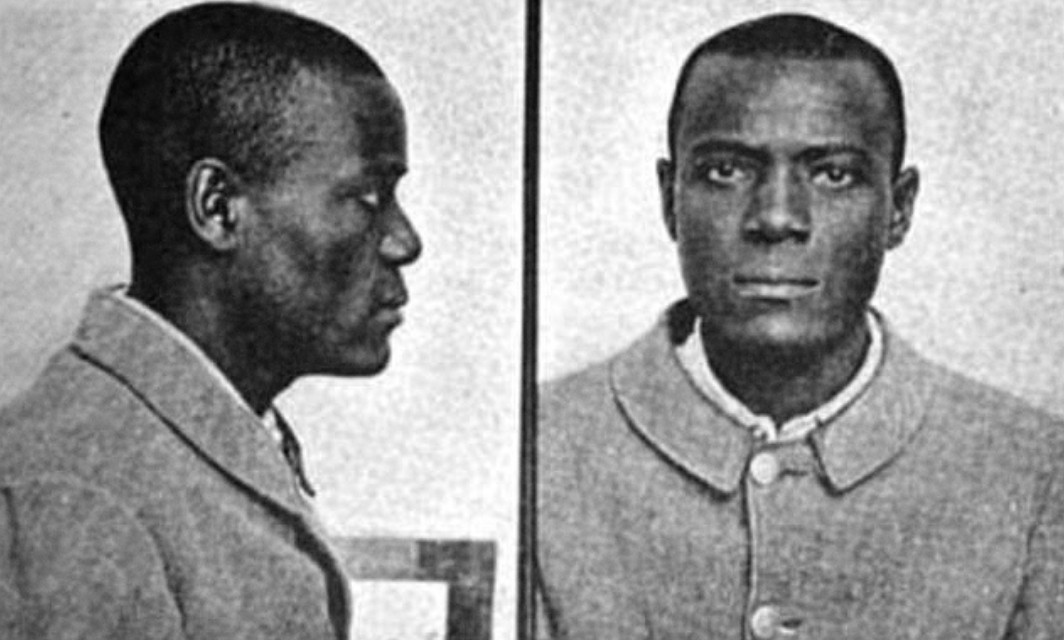
The man above was called Will West, the man below William West, and they were both sentenced to jail at Leavenworth Penitentiary in Kansas over a century years ago.
The arrival of Will West in 1903 caused the records clerk, M.W. McClaughry, at the prison considerable confusion, because he was convinced he’d processed him two years previously.
When he was asked, Will West denied his previous imprisonment there, but Mr. McClaughry ran the Bertillon instruments over him anyway. He knew the reluctance of criminals to admit past crimes.
Sure enough, when Mr. McClaughry referred to the formula derived from West’s Bertillon measurements, he located the file of one William West, whose measurements were practically identical and whose photograph appeared to be that of the new prisoner.
But Will West was not being coy about a previous visit to Leavenworth. Will insisted to McClaughry that it was not him: “That’s my picture, but I don’t know where you got it, for I know I have never been here before.”
When Mr. McClaughry turned over William West’s record card he found it was that of a man already in the Penitentiary who had been admitted there two years previously, serving a life sentence for murder.
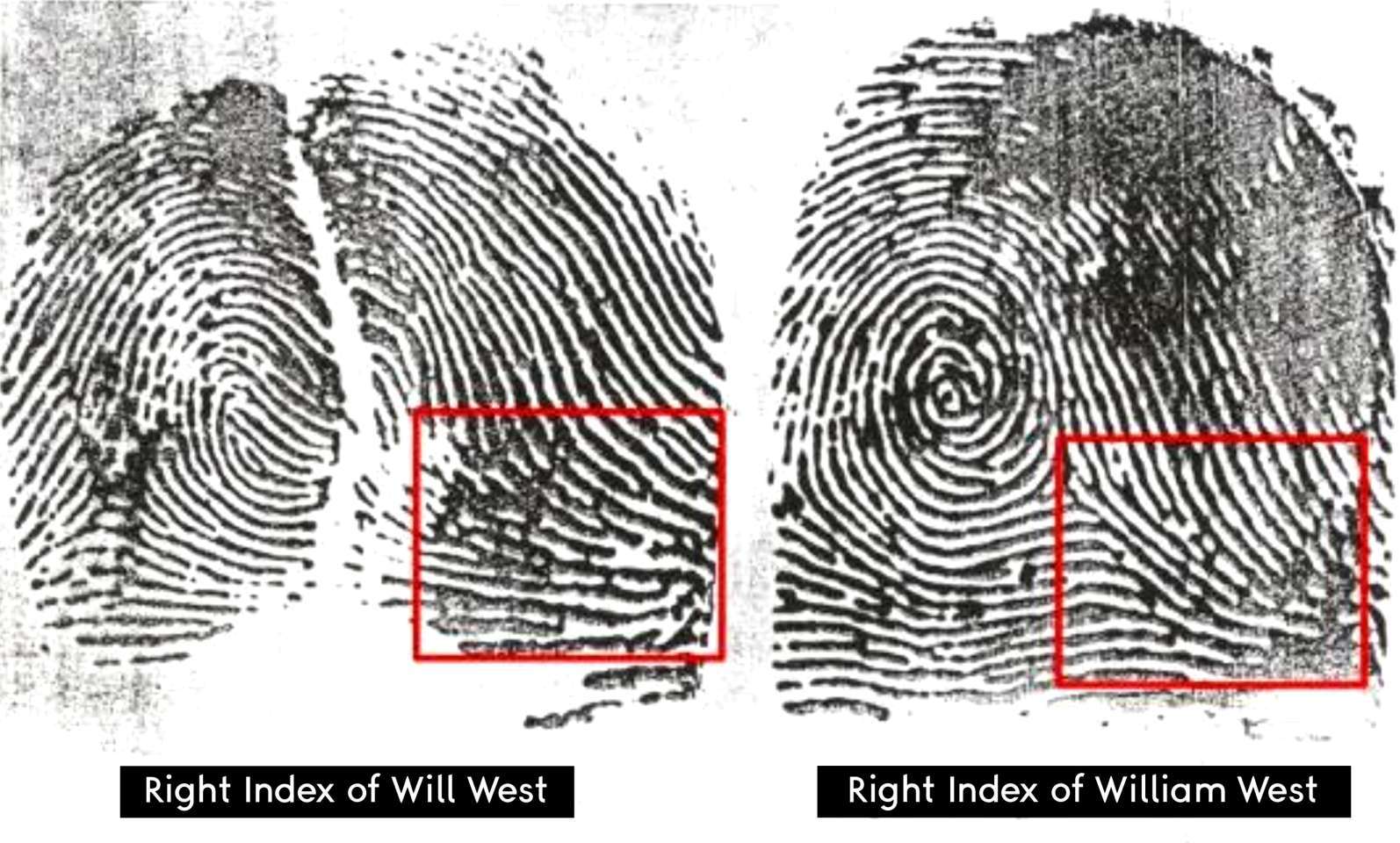
Subsequently, the fingerprints of Will West and William West were impressed and compared. To Mr. McClaughry’s surprise, the patterns bore no resemblance, both were totally different from each other.
Here’s How The Case Of Will & William Wests Sparked The Use Of Fingerprints As Identification:
The ‘West Brothers Case’ highlighted the flaws in the Bertillon method and it wasn’t long before the U.S. authorities turned to fingerprinting.
Its pioneer was Scotland Yard’s Sgt. John K. Ferrier, who met McClaughry at the St Louis World Fair in 1904 while he was guarding the Crown Jewels, which were on tour.
He told the U.S prison officer how Scotland Yard had been using fingerprinting for the past three years and evangelized its accuracy.
McClaughry’s recommendation was accepted. On November 2nd of 1904, the Attorney General authorized installation of the new system, but prior to this, during October 1904, Sgt. Ferrier visited the Leavenworth Prison, and gave instruction on the fingerprint system.
It appears the awareness of fingerprint identification by the authorities at Leavenworth came long after Will West’s arrival. After being instructed on the technique, Mr. McClaughry introduced it to the Leavenworth Prison. America’s first national fingerprint repository was established shortly afterwards.
The First Use Of Fingerprints:
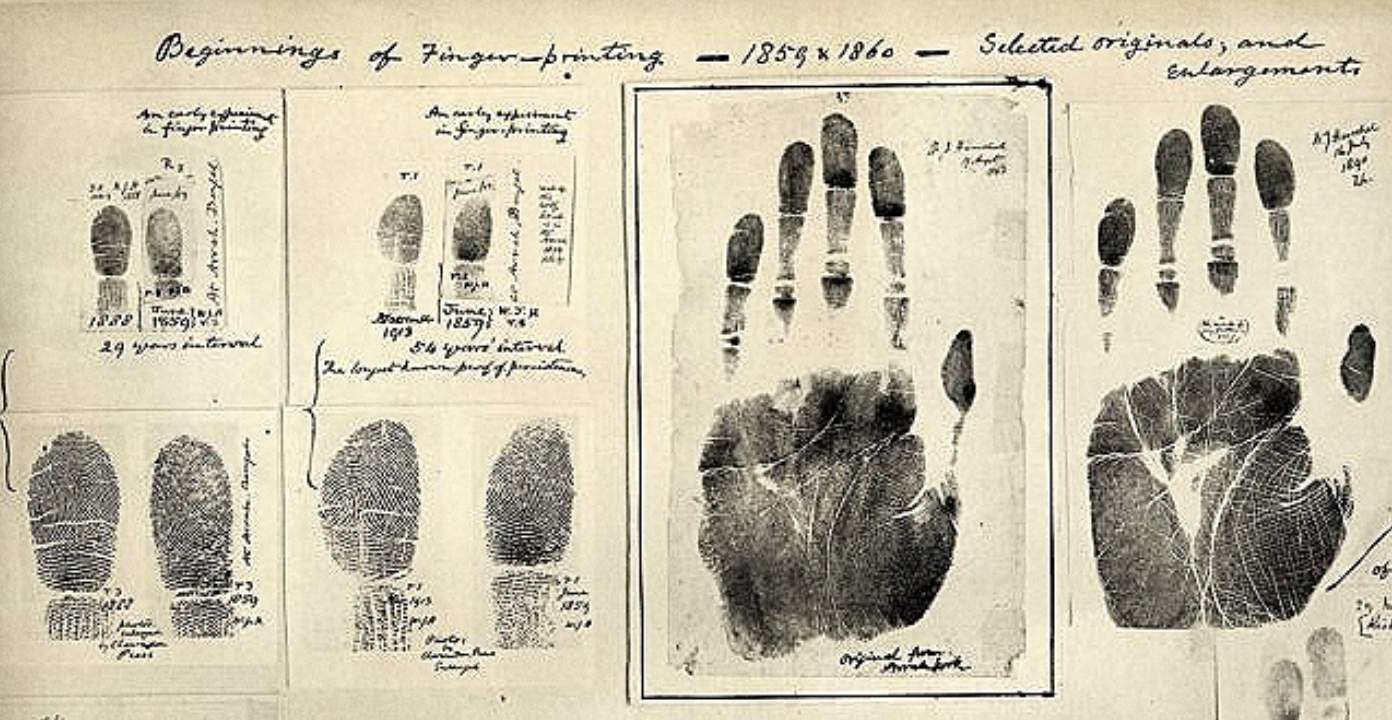
The use of fingerprints had actually begun in 1858 with Sir William James Herschel, Chief Magistrate of the Hooghly district in West Bengal, India, who asked locals to stamp their business contracts with their palms. However, he did this on a hunch that it would be a good way of identifying someone, not because he knew the science behind it.




